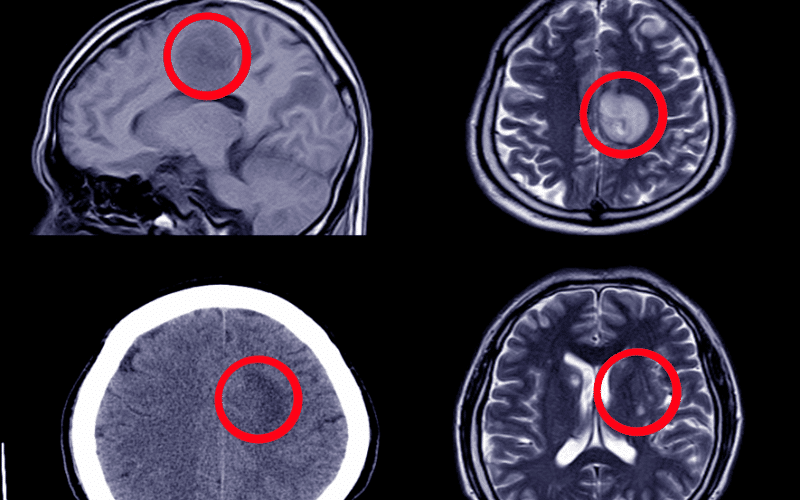Fact 10: A Significant Player in Spontaneous Brain Hemorrhages

Cerebral Amyloid Angiopathy (CAA) isn’t just a silent condition hiding in the backdrop. It’s a major contributing factor to spontaneous brain hemorrhages among adults, especially those beyond their 60s. The significance of this fact is further amplified when we understand that these hemorrhages are often fatal or, at the very least, severely debilitating.
Medical literature points out CAA’s culpability in causing lobar intracerebral hemorrhage (ICH), which denotes bleeding within the brain’s lobar regions. It’s an alarming event that can lead to sudden neurological deficits, from severe headaches to weakness or even loss of consciousness. And CAA is often the culprit lurking behind the scenes.
What is particularly intriguing is how CAA influences these hemorrhages. The protein deposits related to CAA make the small blood vessels in the brain more fragile, causing them to rupture and bleed. These spontaneous hemorrhages are difficult to predict and often come without warning.
The medical community is hard at work trying to understand the ins and outs of CAA and its role in these spontaneous brain hemorrhages. Research is ongoing, with scientists exploring preventive strategies, risk factor identification, and improved treatment methods.
A better understanding of CAA’s role in causing these hemorrhages can significantly influence future research and treatment strategies. The goal is not only to treat the aftermath but to mitigate the risk factors associated with CAA, potentially offering a more proactive approach to managing this silent yet potent neurological disease. (10)